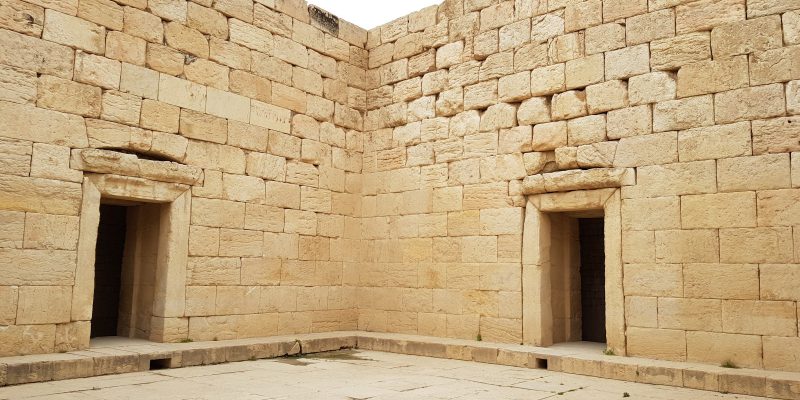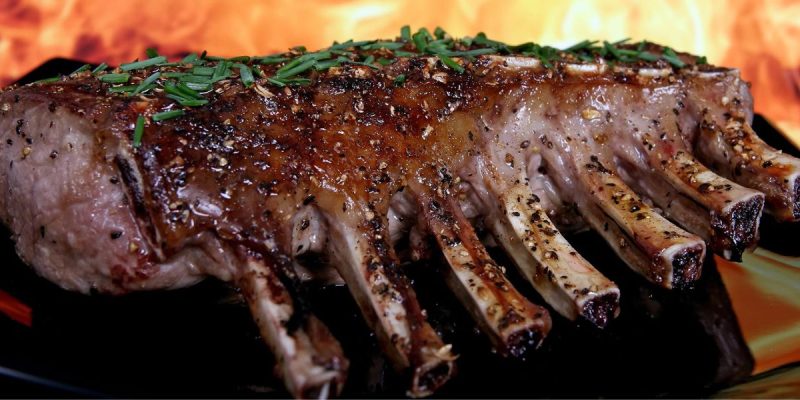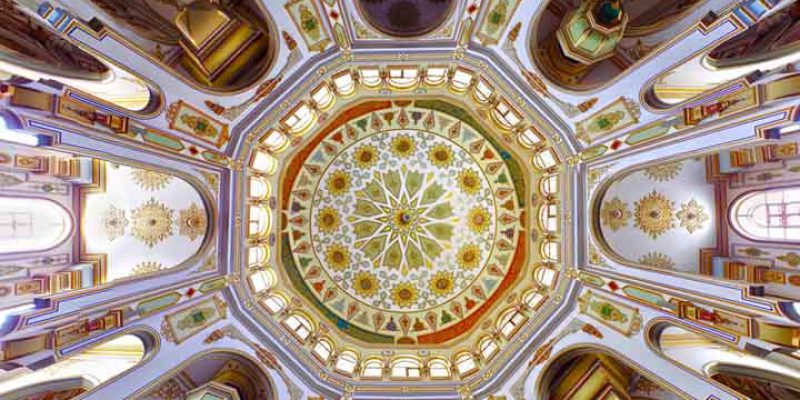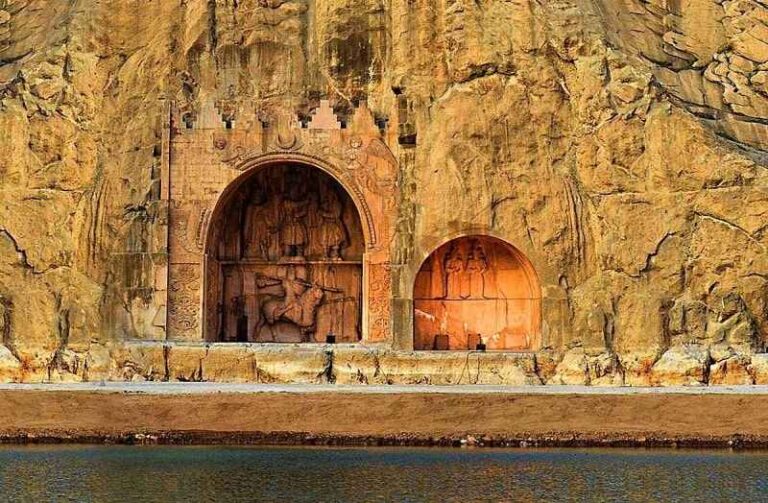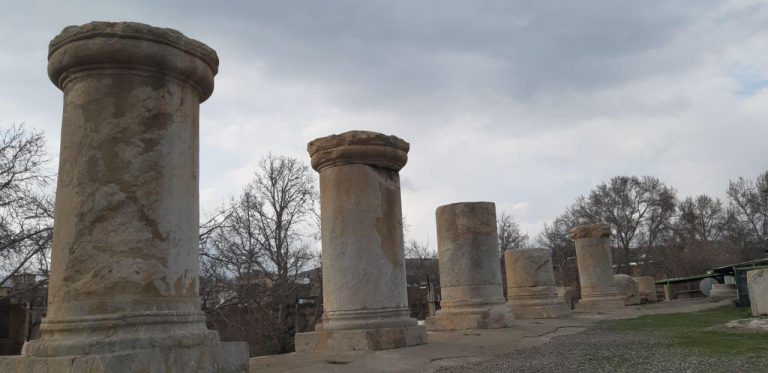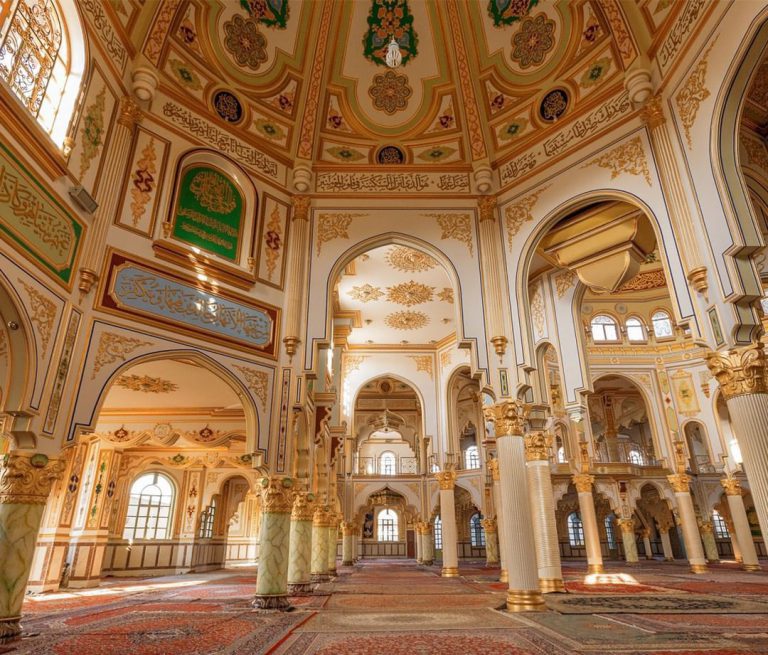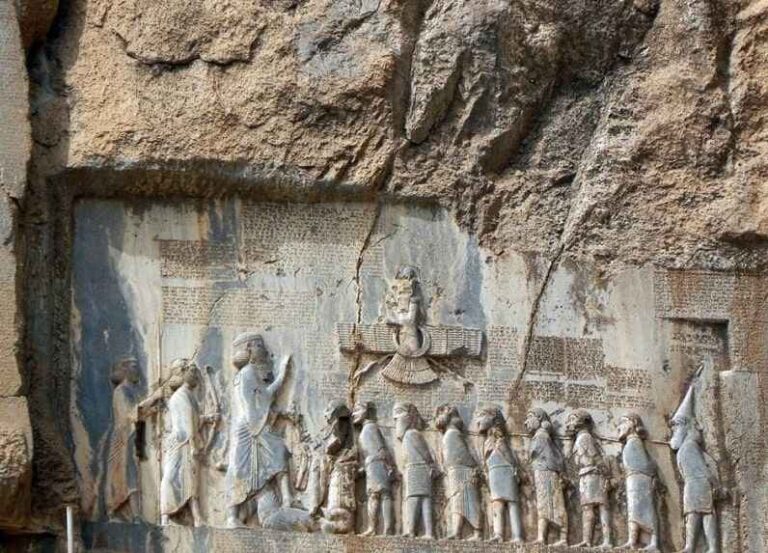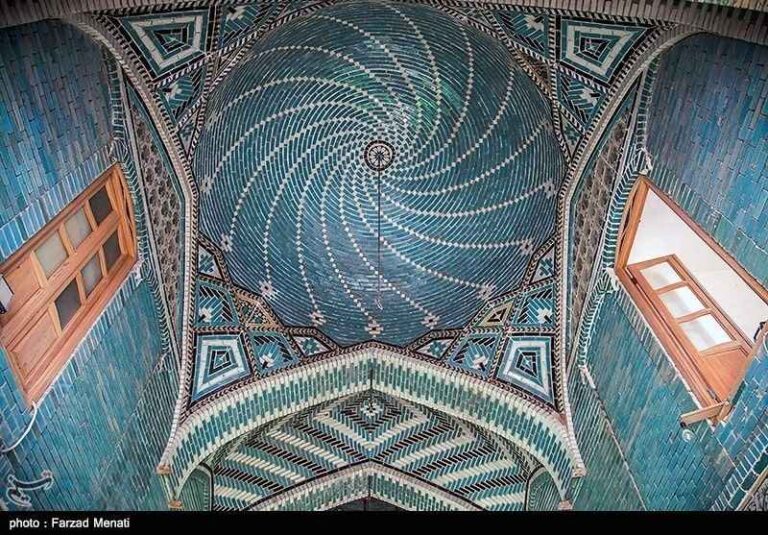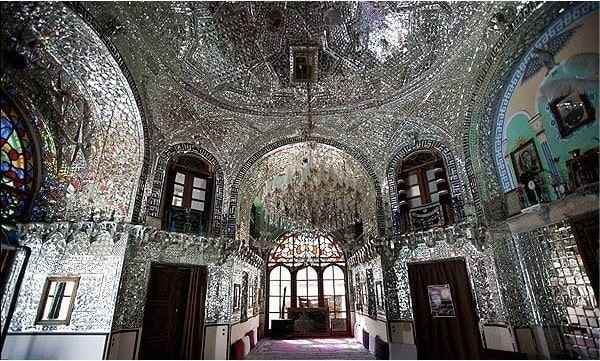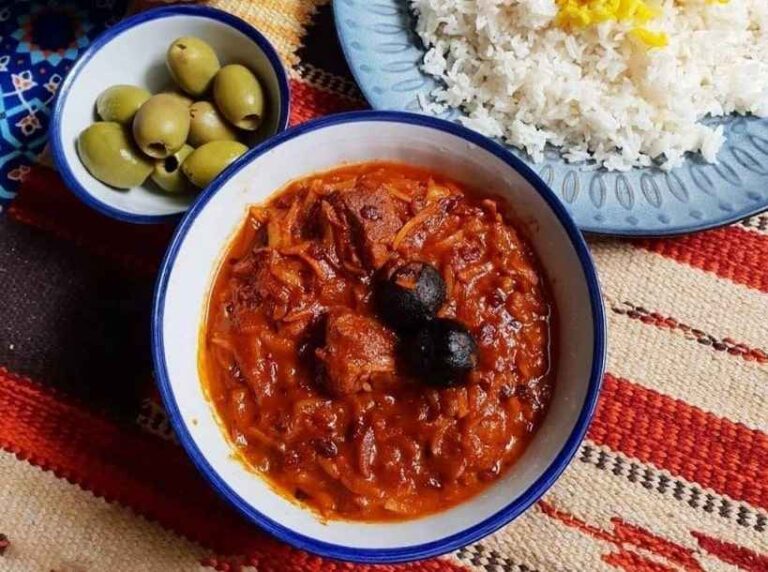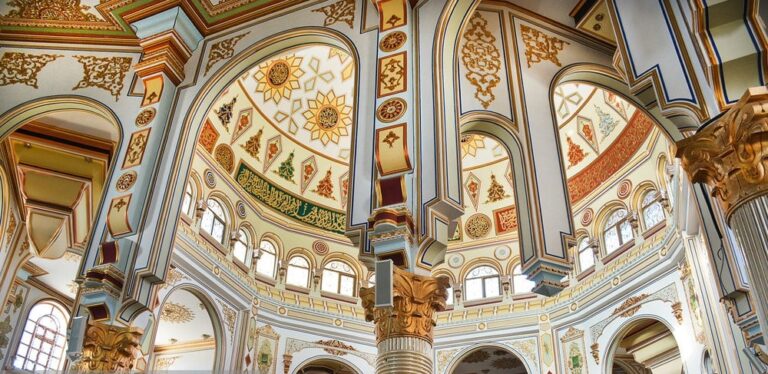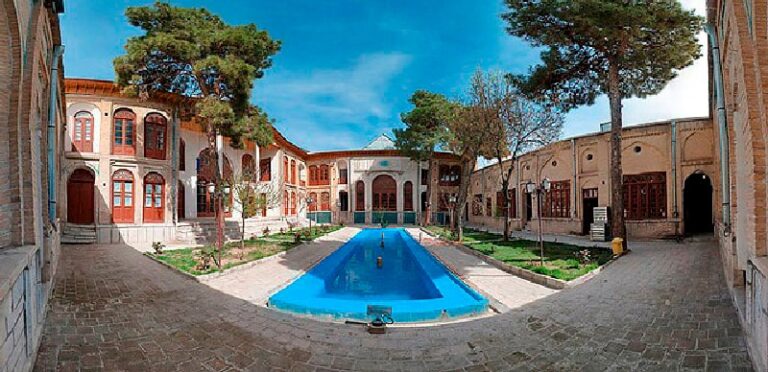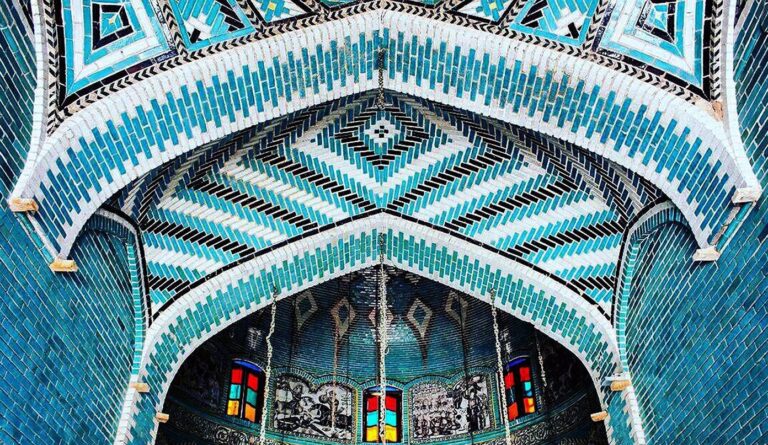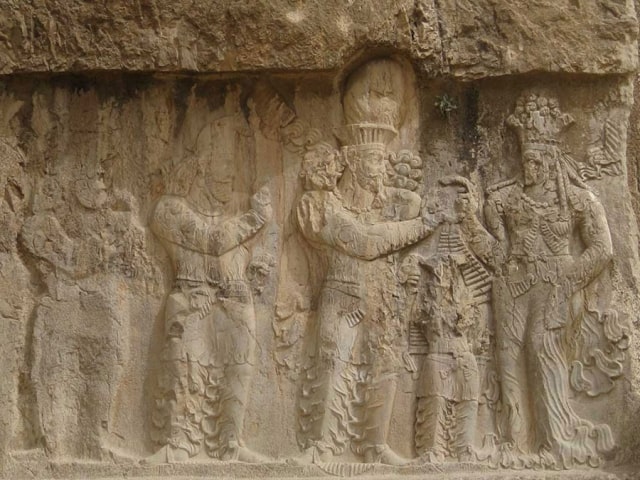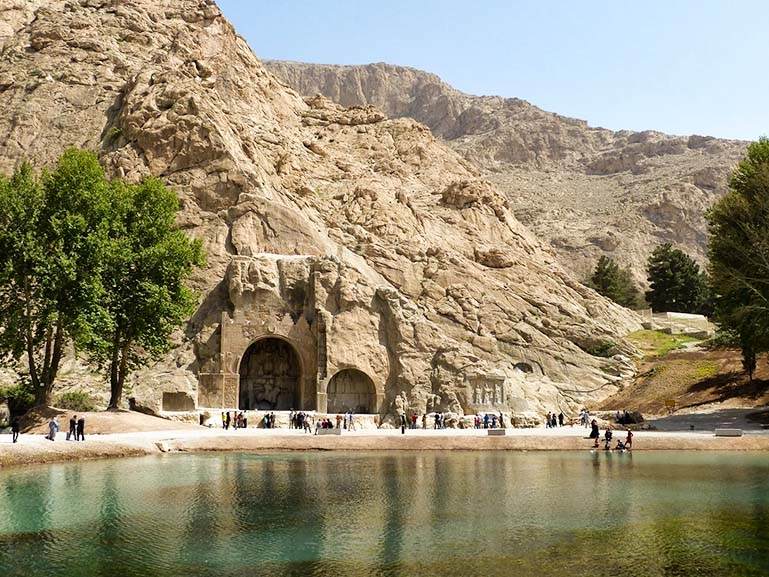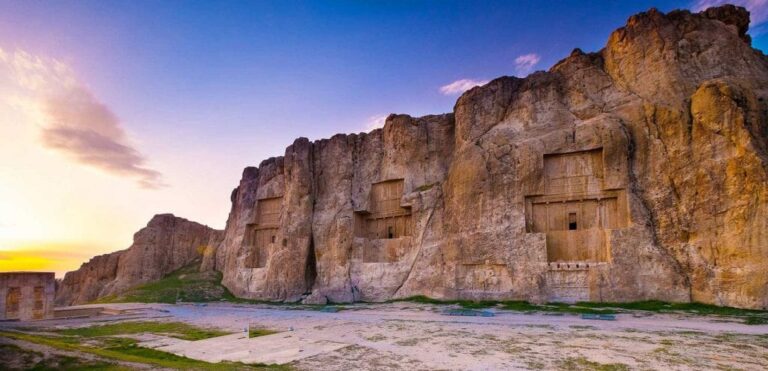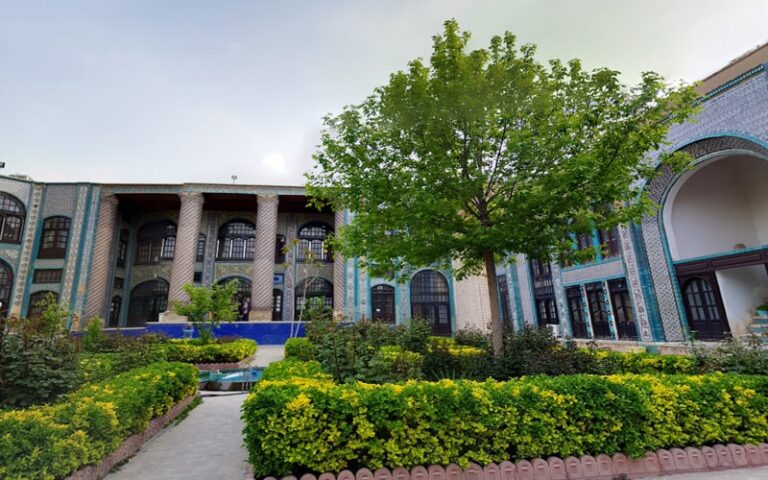
Rock Cuts of Love Stories
The art each nation has created in a way with a unique tool of that culture. One of these stunning works is Taq-e Bostan (Bostan Arch). The magnificent masterpiece left from the Sassanid era, with a delightful lake in the front of the monument. Taq-e Bostan isa complex of Sassanid glories embracing rock relief with inscriptions about religious attitudes, music and rejoicing.
The heritage shows the artistic and historical values of the emperors’ ceremonies and hunting. Taq-e Bostan illustrates the Sassanid empire’s majesty in the northeast part of Kermanshah along the Silk Road. The non-ceremonial activities usually focused on outdoor sports and recreation.



